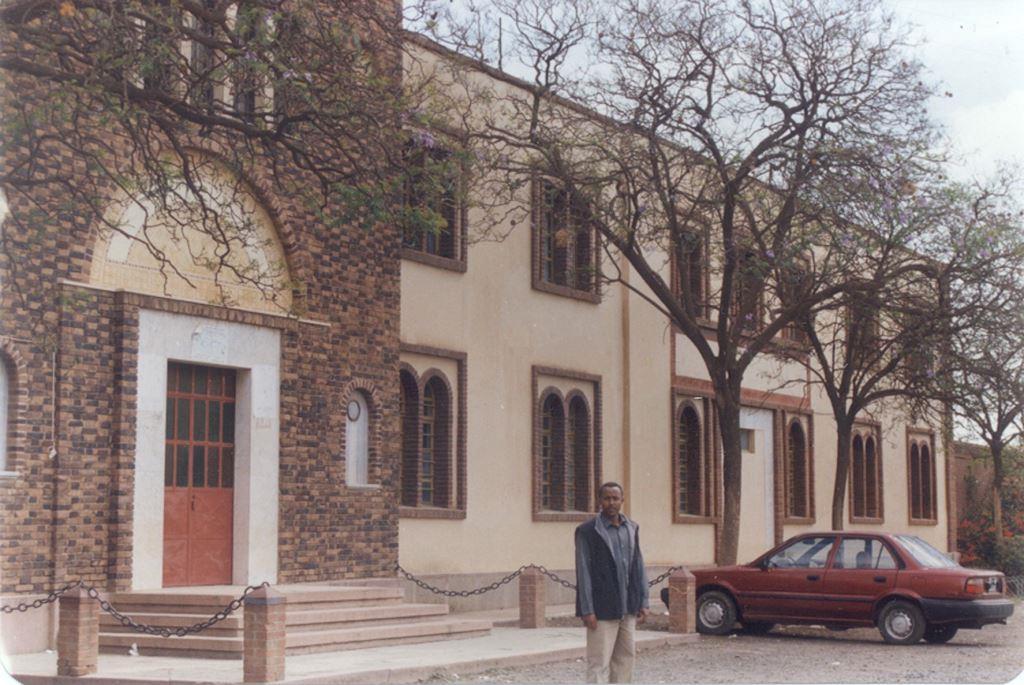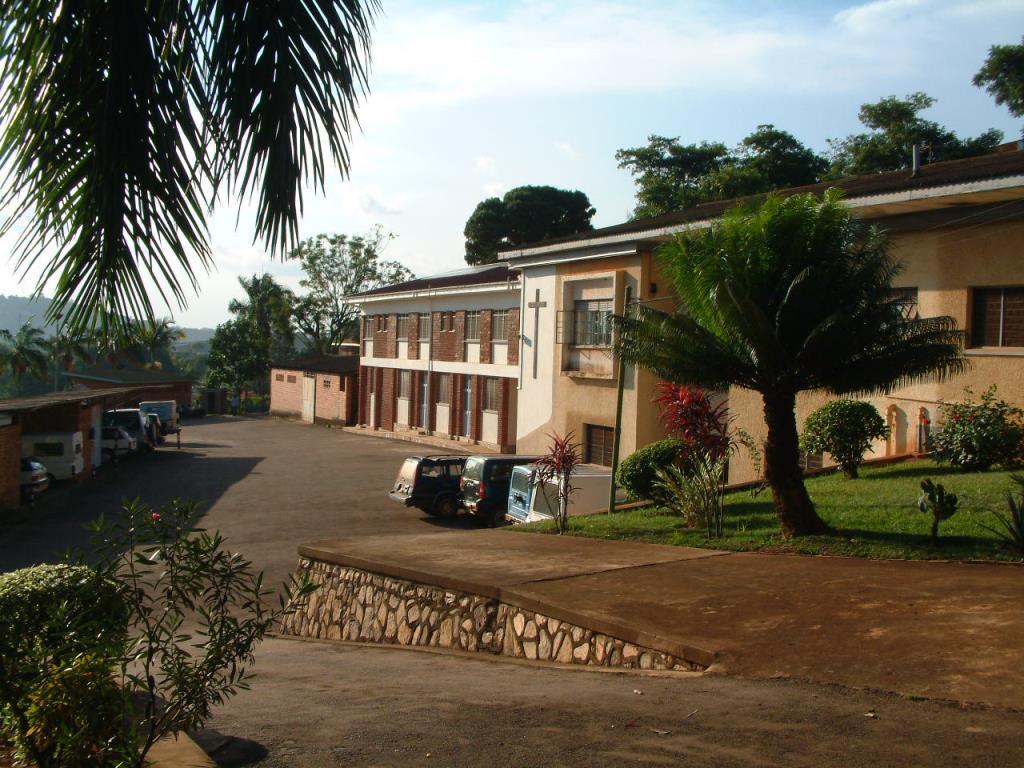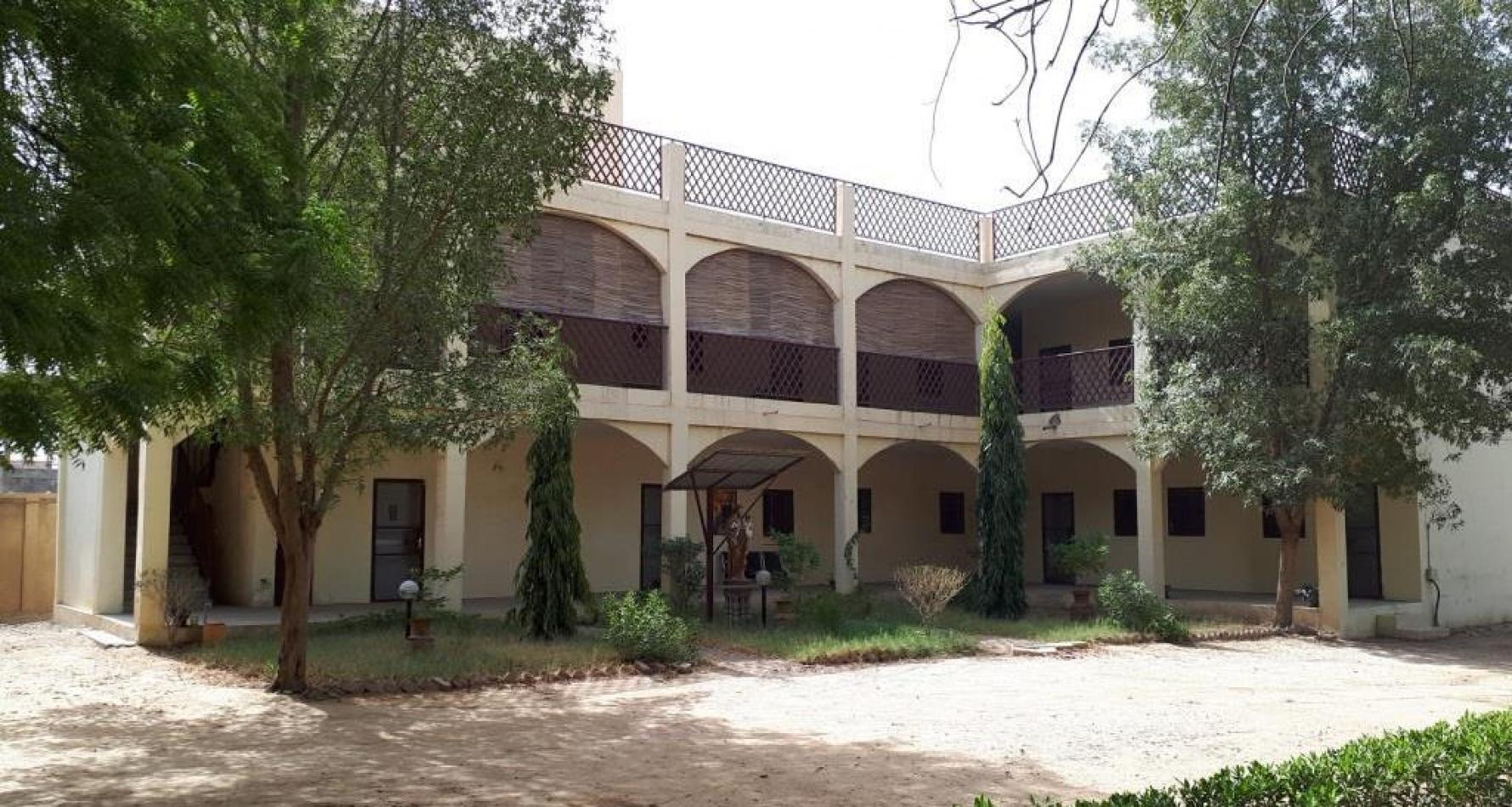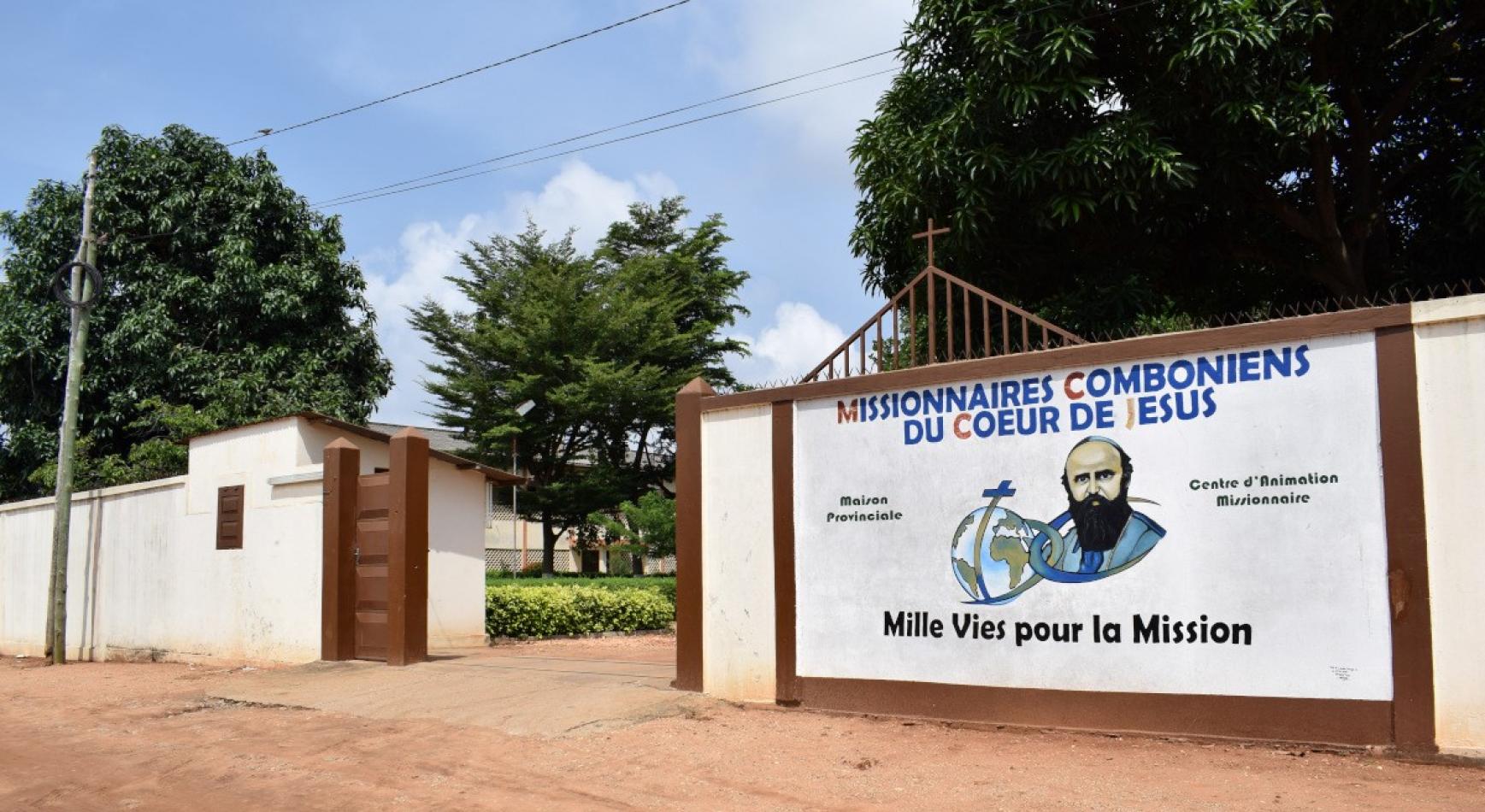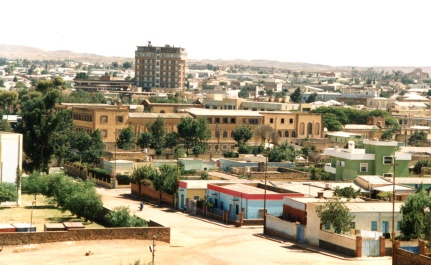Daniel Comboni
Comboni Missionaries
Institutional area
Other links
Newsletter
The historical term “Abyssinia” is used in the following text to denote the two countries of Eritrea and Ethiopia. It was St. Frumentius who first brought the christian faith to Abyssinia in the fourth century. He settled in Axum where christian religion was accepted by King Ezama and by the axumite kingdom. The orthodox church in Eritrea now is about 51 percent of the population.
The catholic church is rather young it is about 150 years old. It is 2.6 percent of the population, despite of being little numerically; it is the only credible institution in the country. It is organized in four eparchies of oriental rite. They are eparchies of Asmara, Keren, Barentu and Segheneity. The metropolitan of the Arch eparchy of Asmara is archbishop Mengesteab Tesfamariam a mccj. Presently, the comboni missionaries are present in Asmara and Barentu one community in each Eparchy. And two communities in the eparchy of Segheneity, the novitiate and the minor seminary.
Comboni missionaries have been present in Eritrea almost since the time of Comboni. Fr. Bonomi Luigi, a companion of Comboni at Delen who was put in prison by the Mahdi’s, managed to escape and was sent to Eritrea by mgr. Sogaro in 1887. He invited the Comboni sisters to come in Eritrea in 1914. He died in Asmara on February 1927. Fr. Leon Hanriot also was sent by mons. Sogaro in 1894, his aim was to work among the Kunama, he reached as far as Mogolo a Kunama region unfortunately he died in Asmara in 1894. Both Frs. Bonomi and Henriot were buried on the cemetery of Asmara.
Then a group of Comboni missionaries came to Ethiopia passing through Eritrea to work in the Apostolic Prefecture of Gondar in 1936, they opened 9 missions. When the Italians were defeated by the British, all the Combonis were taken as prisoners to Eritrea. From there some returned to Italy and those who remained in Eritrea, in 1947, opened a school that became the Comboni College of Asmara.
The status of the comboni missionaries in Eritrea can be seen as follows: in 1941Asmara depended on Khartoum, in 1952 it became a delegation depending on the general superior, in 1962 it joined to the region of Egypt, in 1969 it became part of the newly erected region of Ethiopia, which later became, in 1979, province. In 1993, with the independence of Eritrea, the province is known as Eritrean-Ethiopian (E-E). In 2002 Eritrea became a delegation.
After the independence of the country in 1991 till 1998 the country registered good development. But, with the border conflict, everything took the opposite direction. The general situation of the country is going from bad to worse. The comnboni missionaries, are committed, in different fields such as pastoral, formation and education. The current situation of the country affects the activities of the local church at large and the comboni missionaries. Expatriate confreres cannot enter the country, young confreres cannot go out of the country because of restriction of exit visa and for our candidates all phases of formation is done in the country. The radical members of the delegation are 19: mons, Menghesteab Tesfamariam, archbishop of Asmara and 18 confreres. Five are working in different circumscriptions. From 13 effective members 3 are out of the delegation for studies and renewal courses.

